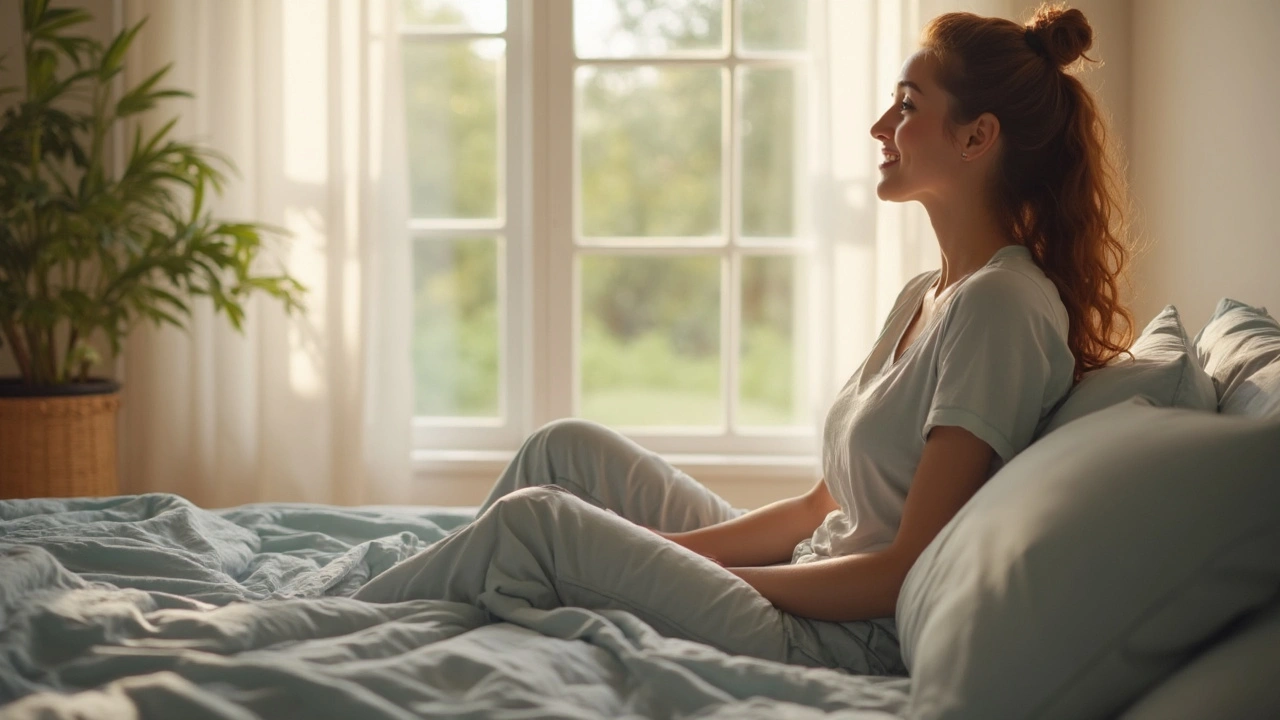Hypoallergenic Bedding: Your Simple Path to Allergy‑Free Sleep
If you wake up with itchy eyes or a runny nose, your bed might be the culprit. Switching to hypoallergenic bedding can cut down on dust mites, pet dander, and other sneaky irritants without breaking the bank. Below you’ll get straight‑forward advice on what to look for, why it matters, and which products give the most bang for your buck.
Why Choose Hypoallergenic Bedding?
Allergy‑friendly fabrics are woven or treated to repel common triggers. Materials like tightly‑woven cotton, microfiber, and bamboo block dust mites from making a home in your sheets. A good pillow cover made of polyester‑blend can also stop mold spores from settling. The result? Fewer nighttime sneezes, less congestion, and better rest – all important for staying healthy and alert.
Top Picks for Budget‑Friendly Allergen‑Free Sleep
Sheets: Look for 400‑thread‑count cotton with a tight weave. Brands that label their sheets as “dust‑mite resistant” usually meet the standard without extra cost. Microfiber blends are another cheap option; they’re smooth, low‑maintenance, and naturally repel allergens.
Pillows: A hypoallergenic pillow should have a removable, zippered cover made of polyester or bamboo fabric. Memory foam pillows often come with these covers and provide good support while keeping allergens out.
Mattress Protectors: The cheapest way to safeguard your mattress is a waterproof, breathable protector that’s also labeled hypoallergenic. It creates a barrier against dust mites and spills, extending the life of your mattress.
Blankets & Comforters: Choose down‑alternative fills encased in tightly woven fabric. Synthetic fibers don’t attract dust mites like natural down does, making them ideal for allergy sufferers.
When you shop, check the product description for keywords such as “allergy‑free,” “dust‑mite proof,” or “hypoallergenic.” Those tags are usually a reliable signal that the item has been tested for common allergens.
Cleaning matters just as much as buying. Wash sheets in hot water (at least 130°F) weekly to kill any lingering mites. Vacuum your mattress protector and pillowcase with an HEPA‑filter vacuum to keep dust levels low.
Putting together a hypoallergenic bedroom doesn’t have to be pricey. Start with the essentials—sheets, pillow cover, and mattress protector—and upgrade other items as budget allows. You’ll notice fewer nighttime sniffles and better sleep quality without splurging on luxury brands.

Struggling with asthma and night sweats makes getting a good night's sleep a real mission. This guide breaks down the top hypoallergenic and moisture-wicking bedding choices that actually work, no matter the Brisbane climate. Discover why some fabrics help your airways and skin breathe easier, learn which materials to avoid, and pick up practical tips for creating a bedroom that truly supports healthy sleep. Whether you want cotton sheets, bamboo blends, or techy fabrics, you'll find what suits your sleep style right here. Get ready to wake refreshed.
Read more
